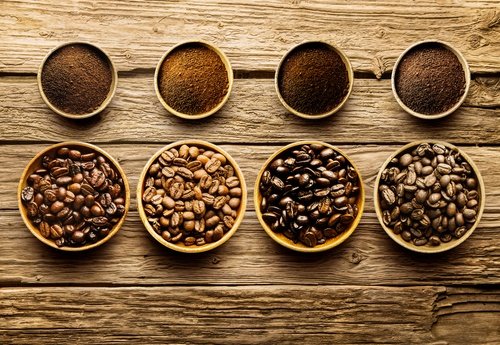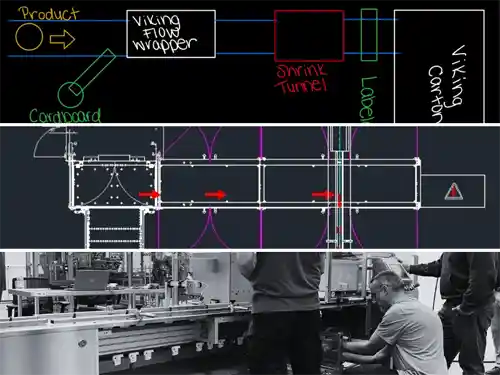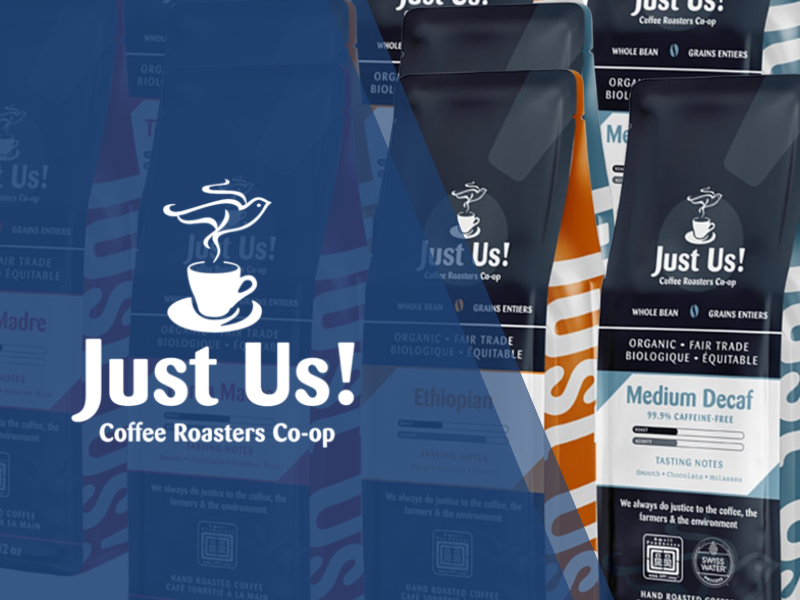Farm to Frappe: A Guide to the Coffee Industry
Coffee is the world's most popular drink, second only to water. Coffee is also the world's second most valuable commodity, being worth over $100 billion - more valuable than natural gas or gold.
From North America to the Caribbean, to Central and South America, East and West Africa, the Arabian Peninsula, and Asia, coffee is loved and embraced by nearly all cultures the world over.
Coffee Growing & Harvesting
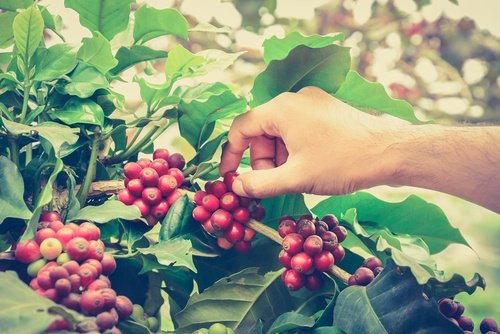 Coffee trees can be found growing in a region 1,000 miles north and south of the equator, known as the "Bean Belt." Coffee trees usually begin their lives in nurseries, and then are transplanted to farms. It takes the trees 4-5 years to begin producing coffee “cherries,” the product of coffee trees that contain two coffee seeds (beans) each.
Coffee trees can be found growing in a region 1,000 miles north and south of the equator, known as the "Bean Belt." Coffee trees usually begin their lives in nurseries, and then are transplanted to farms. It takes the trees 4-5 years to begin producing coffee “cherries,” the product of coffee trees that contain two coffee seeds (beans) each.
Coffee is mostly grown by small family farmers on small plots, so the cherries are usually picked by hand. In countries where there are bigger farms, mechanical harvesters are used.
Processing Coffee
Once the cherries have been picked, processing must begin quickly to minimize spoilage. Depending on the resources and location of the grower, coffee is generally processed in one of two ways: the dry method or the wet method.
The Dry Method is the oldest and most widely used method of processing coffee. Quite simply, the freshly picked cherries are spread out on large raised screens and dried with the heat of the sun. After drying, the cherries are put through a hulling machine to remove the dried pulp and outer skin layers.
The Wet Method removes the pulp from the coffee cherries, separating the coffee seeds from the outer flesh layer. This is done either by hand, with small machines or by shared centralized de-pulping stations. The beans are then sorted, and transferred to large water-filled tanks for fermentation. They ferment for 12-48 hours, are rinsed, then are sent off for drying. After drying, they are ready to be roasted.
Coffee Roasting: Art and Science
Roasting requires high attention to detail, keen senses, and a good sensory memory. The goal of coffee roasting is to reveal and develop the subtle qualities inside the green coffee beans and bring them to their fullest expression.
Coffee roasts come in many shades, from half-city at the lightest, to city (or medium roast), all the way to the very dark french roast. The half city is light and mild to the taste and a light color in the cup. At full city roast, the beans are at their most complex and flavorful, while at the darker Vienna level, the flavor takes on a more smooth, smokey, and rich character. The darker French roast can be described as velvety and sweetly intense. Once roasting is complete, the now fully-developed beans are ready for tasting, or cupping, as it’s referred to by experts in the coffee industry.
"Cupping" Coffee
Coffee has to be constantly taste-tested to ensure quality and consistency. Consistency ensures happy and loyal customers, so it's critical. The process of taste testing coffee has been dubbed "cupping" by the coffee industry and is similar in practice to wine tasting.
First, the beans are inspected for size, color, and imperfections. Then they are roasted in a small lab roaster, ground, and infused with water. The cupper then analyzes the aroma, and the coffee now sits for a few minutes. Taking a spoon full, the cupper slurps it with a fast inhalation. The goal is to coat the tongue evenly to judge the taste and then spit it out. After quality has been ensured, it is finally time for packing.
Coffee Packaging Sells Coffee
Here is where one of the most critical, yet overlooked parts of the coffee production journey begins: Coffee bean packaging. Coffee roasters need to ensure that their product maintains its full flavor in its packaging.
For smaller roasters looking to watch expenditures, packaging coffee by hand is an option, (although it is labor-intensive and time-consuming). Machine packaging is preferable simply to save time, energy, and to increase output.
The Fresh Factor
There are two things that determine the freshness of your coffee once inside the package: Oxygen exposure and carbon dioxide emissions. Oxygen exposure will turn even the best coffee stale, and too much carbon dioxide (emitting from the roasted beans) in the coffee packaging can cause the bag to bloat, or even explode.
To avoid excess carbon dioxide buildup, it is necessary to have a one-way degassing valve on the bag that slowly releases the carbon dioxide (which is industry standard). To prevent exposure to oxygen, the bag's seal integrity must be ensured, and the degassing valve must not have any leaks. To this end, Viking Masek has you covered. On all of our coffee packaging systems, we offer the option of high-quality zippers, tin ties, and one-way degassing valves.
Viking Masek offers innovative packaging solutions for the smallest coffee roasters and the largest corporations alike. From packing whole bean or ground coffee with our Vertical Form Fill Seal (VFFS) machines to packaging instant coffee with Instant Coffee Stick packing machines, we offer innovative packaging solutions to fit all your needs.
Coffee Brewing Methods
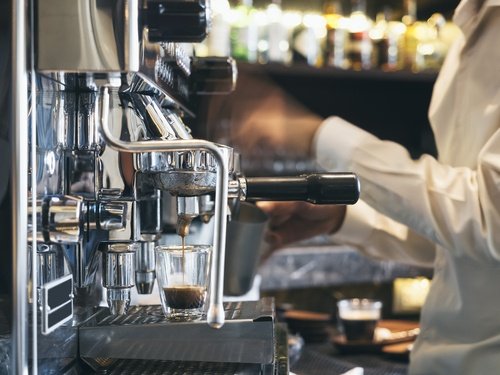 Coffee brewing is an art and a science much like roasting, and there are many brewing methods from which to choose. One option is the traditional automatic drip coffee maker: convenient and quick.
Coffee brewing is an art and a science much like roasting, and there are many brewing methods from which to choose. One option is the traditional automatic drip coffee maker: convenient and quick.
With a second option, the French press, coffee goes inside a container, is infused with hot water, and the beans are pressed with a plunger to squeeze out the flavor. The French press' main advantage is that all of the oils (lost in other brewing methods) are retained, so the full flavor of the coffee comes through.
Finally, there is the filter cone, growing in popularity today. The filter cone is like a tea pot, with a cone at the top, where you place a filter with your ground coffee inside. You pour hot water through the filter, and wait for the brew to drip down into the main pot. Filter cone coffee doesn't contain as much oil as the French press, because the oil isn't squeezed out of the beans with a plunger, and is lighter in taste.
The Coffee Industry of the Future
The coffee industry is not slowing down; in fact, the Wall Street Journal reports that coffee consumption is expected to increase 25% by 2020. Along with the expected growth of the coffee industry, cold brew coffee is experiencing a major popularity spike, and some experts believe it will be a major focus of the industry in years to come. There is also “nitro coffee”, a derivative of cold brew coffee, which is gaining popularity as well. Nitro coffee is created by nitrogenizing cold brew coffee, using the same process Guinness beer employs, creating lots of microfoam in the coffee which contributes to a smooth and creamy taste.
Coffee packaging trends also continue to change as new innovative packing solutions are developed. You can count on Viking Masek to continue to provide all the innovative packing solutions for the coffee industry both now and in the future.

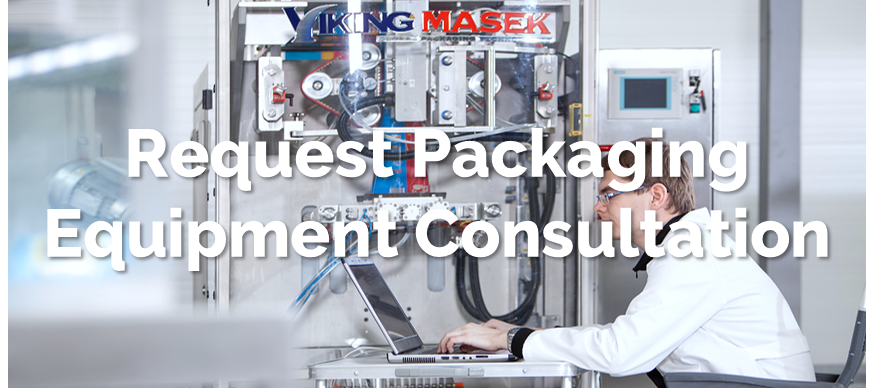 Free coffee packaging equipment consultation
Free coffee packaging equipment consultation
Contact the coffee packaging experts at Viking Masek to discuss how to revolutionize your coffee production and packaging processes with the help of packaging automation.


